The Zonal Isolation Market is currently characterized by a dynamic competitive landscape, driven by the increasing demand for efficient oil and gas extraction techniques and the need for enhanced well integrity. Key players such as Halliburton (US), Schlumberger (US), and Baker Hughes (US) are at the forefront, each adopting distinct strategies to solidify their market positions. Halliburton (US) emphasizes innovation in its zonal isolation technologies, focusing on advanced materials and methods to improve performance. Meanwhile, Schlumberger (US) is heavily investing in digital transformation, integrating AI and data analytics into its operations to optimize service delivery. Baker Hughes (US) appears to be pursuing strategic partnerships to enhance its service offerings, particularly in sustainable practices, which is becoming increasingly relevant in the current market environment.
The competitive structure of the Zonal Isolation Market is moderately fragmented, with several players vying for market share. Companies are employing various business tactics, such as localizing manufacturing to reduce costs and optimize supply chains. This localization strategy not only enhances operational efficiency but also allows companies to respond more swiftly to regional market demands. The collective influence of these key players shapes the market dynamics, as they compete not only on price but also on technological advancements and service reliability.
In August 2025, Halliburton (US) announced the launch of its new zonal isolation system, which utilizes advanced composite materials designed to withstand extreme conditions. This strategic move is significant as it positions Halliburton (US) to capture a larger share of the market by addressing the growing need for durable and efficient isolation solutions in challenging environments. The introduction of this technology could potentially set new industry standards, compelling competitors to innovate further.
In September 2025, Schlumberger (US) unveiled a new AI-driven platform aimed at enhancing the efficiency of zonal isolation operations. This platform leverages machine learning algorithms to predict potential failure points in real-time, thereby improving safety and operational efficiency. The strategic importance of this development lies in its potential to reduce downtime and operational costs, which are critical factors for clients in the oil and gas sector. By integrating AI into its service offerings, Schlumberger (US) is likely to strengthen its competitive edge in a market that increasingly values technological integration.
In July 2025, Baker Hughes (US) entered into a partnership with a leading renewable energy firm to develop hybrid solutions that combine traditional zonal isolation techniques with sustainable practices. This collaboration reflects a broader trend towards sustainability in the energy sector, as companies seek to align their operations with environmental goals. The strategic importance of this partnership is multifaceted; it not only enhances Baker Hughes' (US) service portfolio but also positions the company as a leader in the transition towards greener energy solutions.
As of October 2025, the Zonal Isolation Market is witnessing a shift towards digitalization, sustainability, and AI integration, which are defining the competitive trends. Strategic alliances are increasingly shaping the landscape, allowing companies to leverage complementary strengths and enhance their service offerings. Looking ahead, competitive differentiation is likely to evolve from traditional price-based competition to a focus on innovation, technology, and supply chain reliability. This shift underscores the importance of adaptability and forward-thinking strategies in maintaining a competitive advantage in a rapidly changing market.


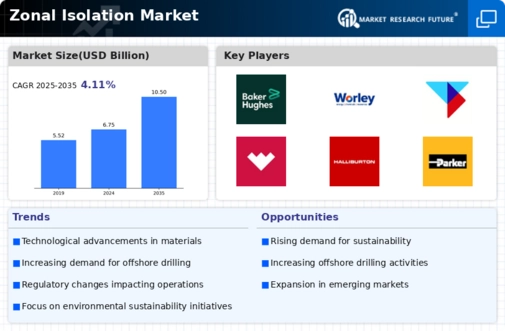
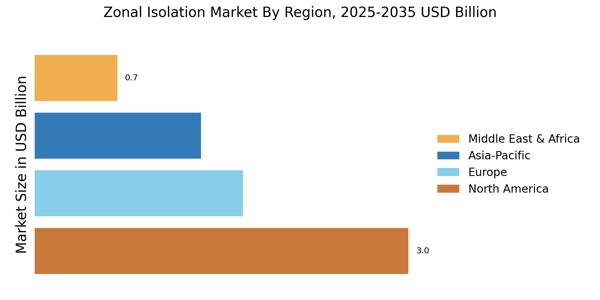
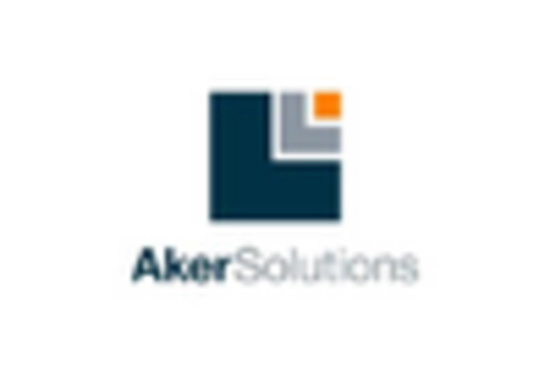


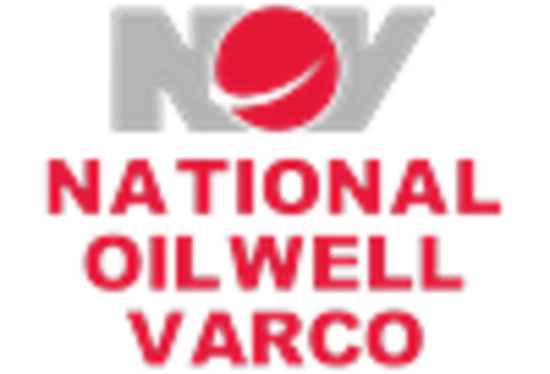

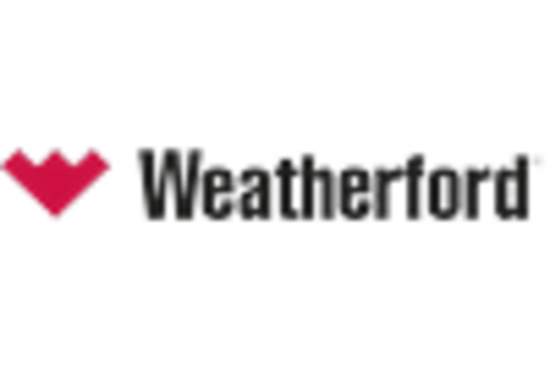








Leave a Comment